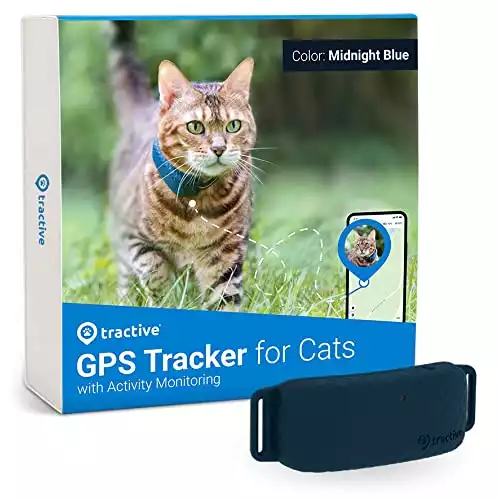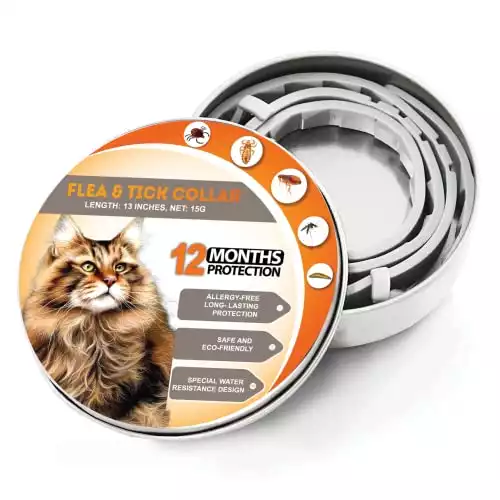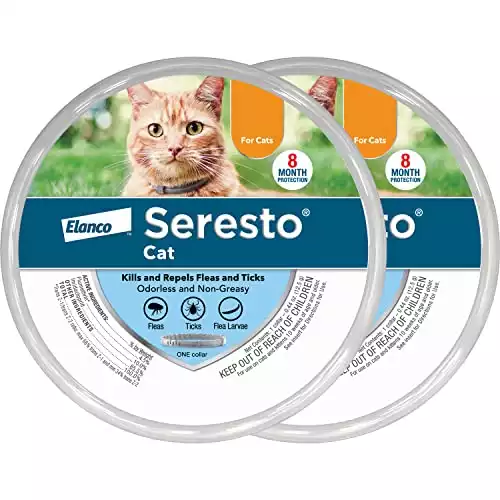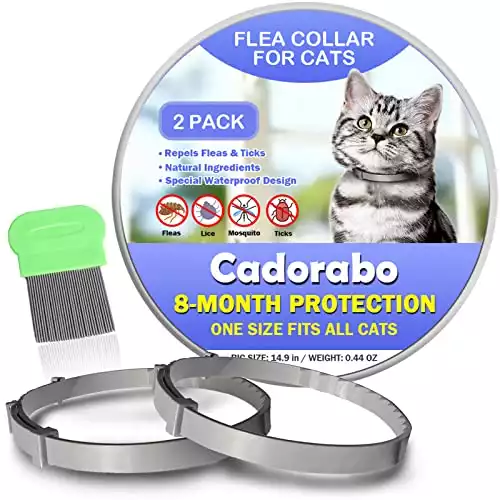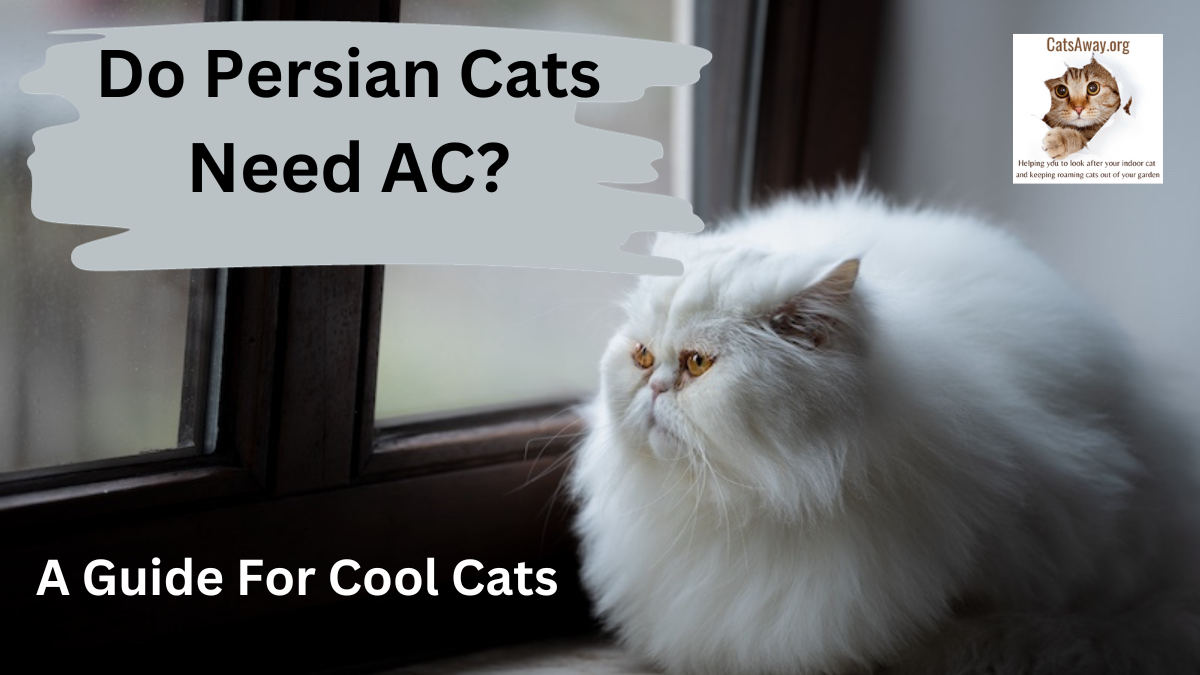Do indoor cats need collars is a question many cat owners ask themselves when considering the best way to keep their beloved felines safe. Collars are an important part of cat care and safety, even for indoor only cats.
Understanding the benefits that come with putting a collar on your cat as well as which type would be right for them can help you make sure they stay protected in case they ever get out.
Here I discuss why indoor cats do need collars, what types are available, how to choose the right one and how to care for it properly so that it remains in good condition over time.
Benefits of Collars for Indoor Cats
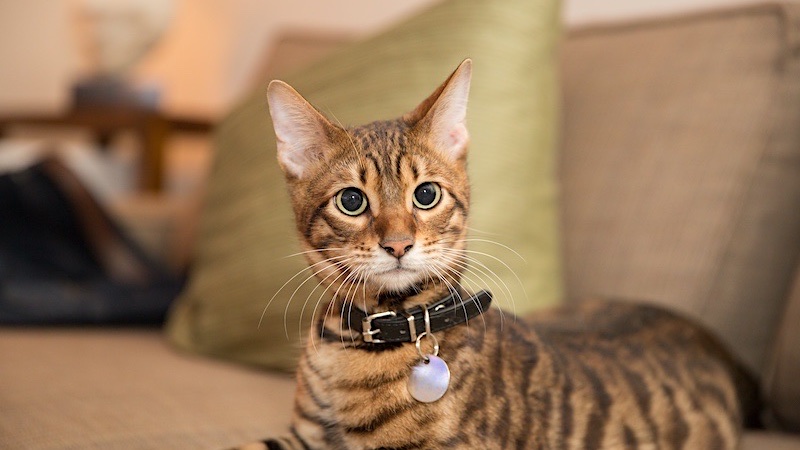
Collars can provide a range of benefits to indoor cats, including identification, safety and comfort. It is important to choose the right collar for your cat in order to maximize these benefits.
Identification:
Collars are an effective way of identifying your cat if they ever get lost or wander away from home. Many collars come with an ID tag that includes contact information such as your name and phone number. This makes it easier for someone who finds your pet to contact you so that you can be reunited with them quickly and safely.
Safety:
Collars also provide a measure of safety by helping keep cats safe from potential hazards like getting caught in fences or other objects around the house. Breakaway collars are designed specifically for this purpose; they have a special clasp that will release when pressure is applied, allowing the cat to escape without injury if necessary. Bell collars are another option; their jingling sound helps alert people (and other animals) of their presence so they don’t accidentally step on them or startle them unexpectedly.
Comfort:
Finally, collars can help make cats more comfortable in unfamiliar environments by providing some extra security and familiarity when exploring new places or meeting new people/animals. Some cat collars even come with built-in features like calming scents which may help reduce stress levels while travelling or visiting the vet’s office.
Types of Collar for an Indoor Cat
Breakaway Collar:
These are designed to release if the cat’s collar gets caught on something. This type of collar is a great choice for an indoor cat that has use of an outdoor cat enclosure.
The breakaway feature also allows your cat to escape from potential predators or other dangers should they manage to get off your property.
The breakaway collar comes in a variety of materials and styles, so you can find one that suits your cat’s personality and needs.
Bell Collar:
Belled collars are another popular option for an indoor cat as they allow you to easily locate them around your home. They also alert birds and other animals to their presence, helping keep them safe from your cat while he’s outdoors.
A bell collar comes in various sizes and colors, so you can choose one that best fits your pet’s size and style preferences.
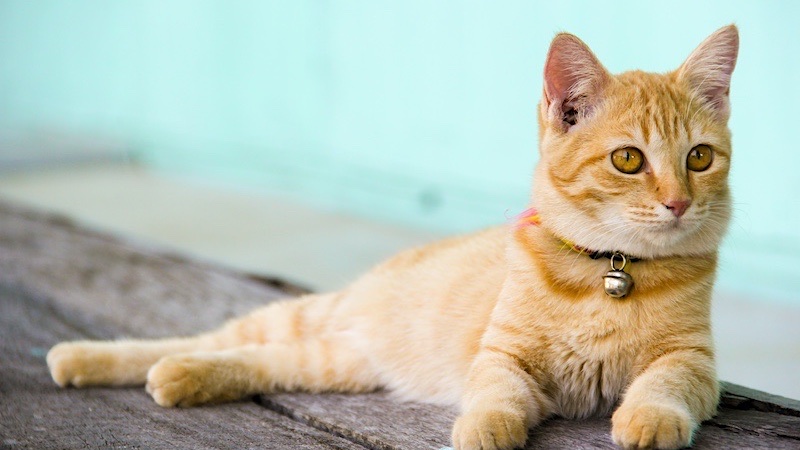
GPS collar:
A GPS collar provides extra protection for any cat by allowing owners to track their whereabouts at all times with the use of GPS technology.
Track your cat and get instant alerts to your smartphone if he gets out of your garden.
- Easily find your cat
- See where he's been
- Fits any cat collar
- Requires a subscription - from $5 a month
“I am a microchipped cat” collar
Is your cat microchipped? A cat collar emblazoned with the words ‘I am Microchipped’ makes sure everyone else knows too. This way, should your cat end up at an animal shelter or vet they know to scan him to get the details of his owner.
Flea Collar
Flea collars, as the name suggests prevents fleas and ticks from infesting your cat and can work for up to 12 months.
| Product Image | Product Name / Primary Rating / Primary Button |
|---|---|
|
|
|
How to Choose the Right Collar for Your Cat
When selecting a collar for your cat, size and fit are important considerations. It should be snug enough to stay on but not too tight that it restricts the cat’s movement or causes discomfort. It is also important to make sure that the collar has an adjustable buckle so you can adjust it as needed.
Material is another consideration when choosing a collar for your cat. Collars made of nylon or leather tend to be more durable than those made of fabric, which may fray over time with wear and tear from your pet’s claws.
Additionally, those made from materials such as neoprene are comfortable for cats and won’t cause irritation if they rub against their fur or skin.
How to Care for Your Cat’s Collar and Keep it in Good Condition
Regularly inspect the collar for any signs of wear or damage, such as fraying or loose stitching. If you notice any issues, replace the collar immediately. Additionally, it’s important to regularly wash the collar with a mild detergent and warm water to remove dirt and debris that can accumulate over time. Make sure to rinse off all soap residue before fitting it back onto your cat again.
Proper storage of your cat’s collar is also important in order to keep it in good condition. Store collars away from direct sunlight when not in use as this can cause fading or discoloration over time.
Additionally, check the fit of your cat’s collar every few months; if it seems too tight or too loose then replace it immediately as an ill-fitting collar can be uncomfortable for your pet and cause chaffing around your cat’s neck.
Finally, consider replacing every 6-12 months depending on how often they are worn by your cat – this will help ensure that they remain safe and comfortable at all times.
FAQ
Should an indoor cat wear a collar with bells?
Whether or not to put a collar with a bell on an indoor cat is ultimately up to the owner. However, there are pros and cons to consider. On one hand, bells can alert owners if their cats escape outdoors, making it easier for them to locate their pet quickly.
On the other hand, collars with bells may cause distress in some cats and can even be dangerous if they get caught on something while playing or exploring. Ultimately, it’s important that each cat owner assesses the risks versus benefits of using a collar with a bell before making this decision for their pet.
Do indoor cats need a breakaway collar?
No, indoor only cats do not necessarily need a breakaway collar. Breakaway collars are designed to come off if the cat gets caught on something and is struggling to free itself.
Indoor cats typically don’t have access to areas where they can get stuck or entangled in objects, so there’s no need for them to wear a breakaway collar unless they have a large catio or outdoor enclosure.
However, it’s important that all cats—indoor and outdoor—wear collars with up-to-date contact information in case they become lost or escape outside.
Should I take my cats collar off at night?
It is generally recommended to keep your cat’s collar on at all times. They provide important identification in case your pet gets lost and they can also help prevent fleas and ticks from attaching to the fur around their neck.
However, if you are concerned about your cat getting caught or snagged on something while sleeping, it may be a good idea to remove the collar at night for added safety. Ultimately, it is up to you as an owner to decide what works best for both you and your pet.
Do microchipped cats need collars?
Yes, your cat should still wear a collar even if it is microchipped. A collar with an ID tag can help identify the cat in case it gets lost or stolen and may be more easily noticed than a microchip unless taken to a vet or animal shelter.
Conclusion
The cat collar is an important part of caring for your indoor cat. Not only do they provide a way to identify your pet should he escape, but they can also be used as a fashion statement or even as a tool to train your cat.
When choosing the right collar for your indoor cat, consider what type of material and design will best suit their needs and lifestyle. Be sure to check the fit regularly and replace it when necessary. With proper care and maintenance, you can ensure that your indoor cats’ collar will last them a good while!
We all want our cats to be safe and happy, but sometimes they need a little help. To protect your indoor cat from neighbourhood cats, it is important to provide them with an appropriate collar that can identify them if lost or stolen.

